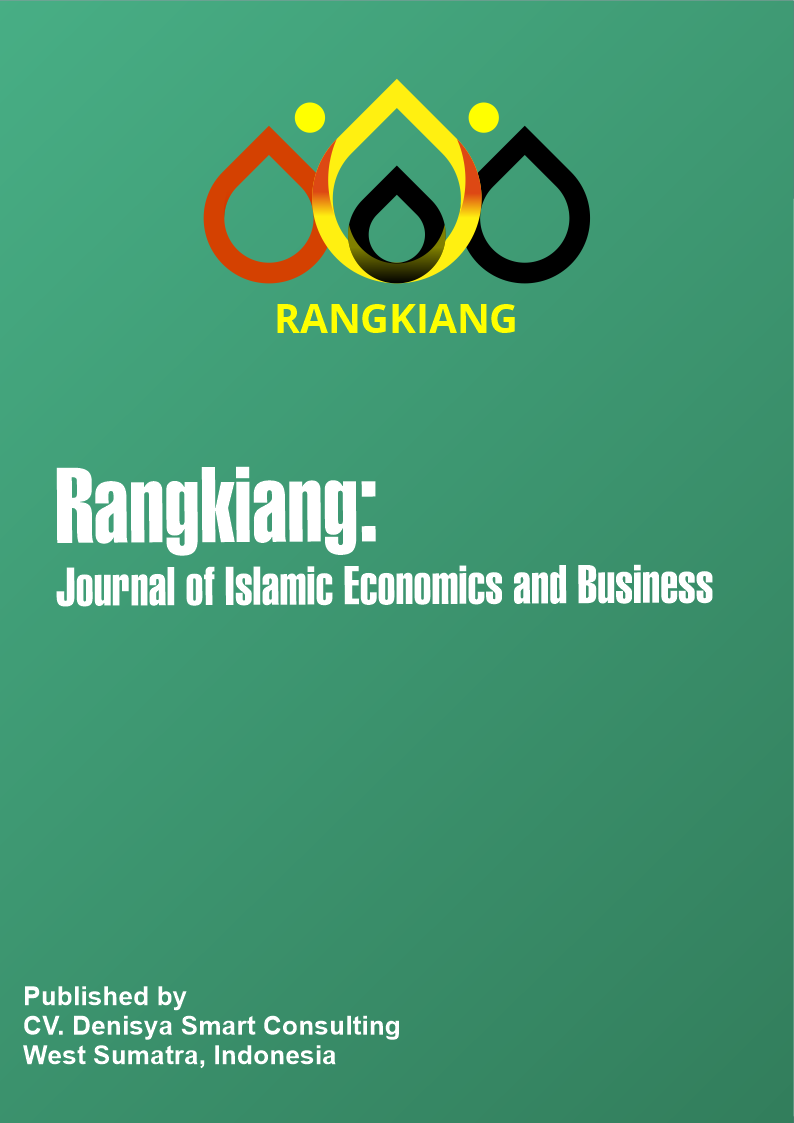The Influence of Product Quality and Mobile Banking Service Quality on the Satisfaction of Bank Nagari Syariah Customers
DOI:
https://doi.org/10.70072/rangkiang.v3i1.147Keywords:
Customer Satisfaction, Product Quality, Quality ServiceAbstract
This study aims to determine the influence of product quality and mobile banking service quality on customer satisfaction of Islamic banking banks, a case study of Islamic banking students of the 2023 batch. This research is a field research using a quantitative approach. The results of the study showed that product quality (X1) did not have a significant influence on customer satisfaction (Y) in Islamic banks. This indicates that although the services provided by Islamic banks are relatively good, it does not directly increase customer satisfaction levels. On the other hand, the service quality variable (X2) has been shown to have a significant influence on customer satisfaction. This means that the better the quality of services offered by Islamic banks, such as ease of transactions, digital services, and ease of access, the higher the level of satisfaction felt by customers. When analyzed simultaneously, it is found that product quality (X1) and service quality (X2) together have an influence on customer satisfaction, although only service quality contributes significantly. These findings show that the increase in customer satisfaction of Islamic banks is more influenced by the quality of services offered than by the product aspect. Therefore, Islamic banks are advised to focus more on improving product quality, both in terms of innovation and ease of access, in order to increase customer satisfaction and loyalty in the long term.




















